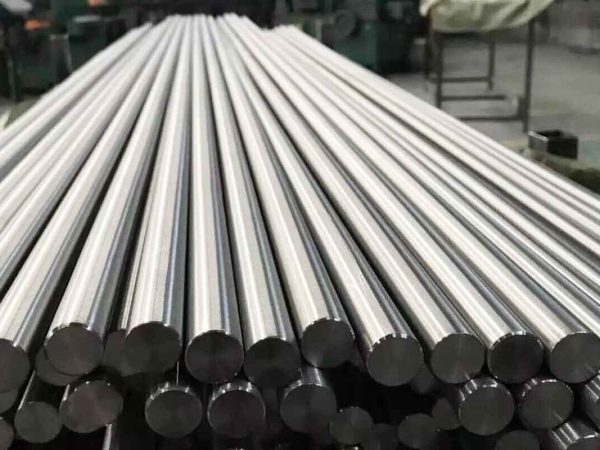This titanium alloy in the form of bars up through 101.60 mm in nominal diameter or least distance between parallel sides, inclusive, forgings of thickness up through 4 inches (101.60 mm), inclusive, and stock for forging of any size.
Composition
| Element | Min | Max |
| Vanadium | 7.5 | 8.5 |
| Chromium | 5.5 | 6.5 |
| Molybdenum | 3.5 | 4.5 |
| Zirconium | 3.5 | 4.5 |
| Aluminum | 3 | 4 |
| Iron | – | 0.3 |
| Oxygen | – | 0.12 |
| Carbon | – | 0.05 |
| Nitrogen | – | 0.03(300ppm) |
| Hydrogen | – | 0.02(200ppm) |
| Yttrium | – | 0.005(50ppm) |
| Other Elements, each | – | 0.1 |
| Other Elements, total | – | 0.4 |
| Titanium | remainder |
The composition similar to UNS R58640.
Feature
Metastable beta-titanium alloy is the strongest titanium alloy after precipitation hardening. Ti–3Al–8V–6Cr–4Mo–4Zr alloy. After solution treatment, the alloy is mainly composed of a body-centered cubic β phase. It has high plasticity but average strength, with the yield strength being only 860MPa. However, after post-aging treatment, extremely high strength can be achieved, and its yield strength (>1600MPa) is almost doubled.


